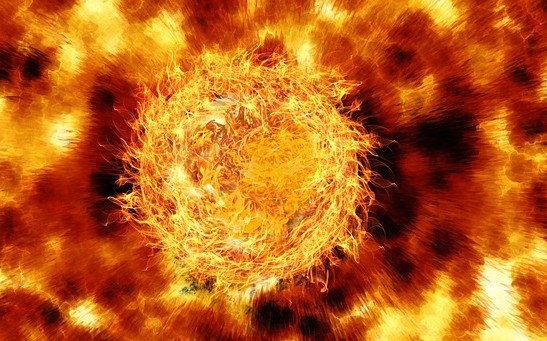CERN
CERN’s ATLAS Detector Identifies High-Energy Supernova Neutrinos, Inspires Future Efforts at Detecting Fluxes of Rare Fermion
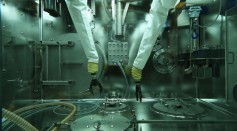
Antimatter's Gravitational Reality: New Experiment Confirms Gravity Pulls It Down, Debunking Antigravity Hopes
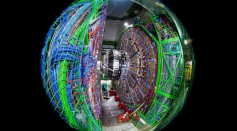
Neutrinos Created by a Particle Collider at CERN for the First Time, Deepening Understanding of Their Role in the Universe

Large Hadron Collider Faces New Challenge in Physics 10 Years After Higgs Boson Discovery
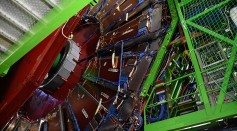
For the First Time Large Hadron Collider FASER Experiment Reveals Ghost Particle Neutrinos
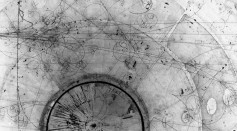
Subatomic Particles: Tracking Matter's Alluring Trails Behind Various Particle Detectors in History
Dark Matter Origin Still a Mystery: Is It More Than a Cosmic Anomaly?
Laser-Cooled Antimatter Seen to Challenge Modern Physics Theories
CERN Scientists Discover Four New Elementary Particles
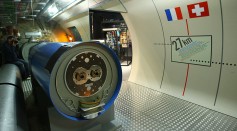
CERN Discovery Offers Insight About the Antimatter - Matter Discrepancy
New Evidence of Ultrarare Process Could Explain Dark Matter
American Physical Society Has Made Deal With CERN To Avail Open Access Of SCOAP3
Research on a Grand Scale: Over 5,000 Scientists Come Together for Record-Breaking Publication
CERN Scientists Discover the Force
Most Popular

How Technology Is Changing the Real Estate Industry?

Study Reveals High Turnover in Scientific Research Careers: What This Means for Future Scientists

How a Plant-Based Diet Can Protect Against Breast Cancer: Insights from Nutrition Research

Nikolay Karpenko Biography, Photo, Career, Accomplishments

